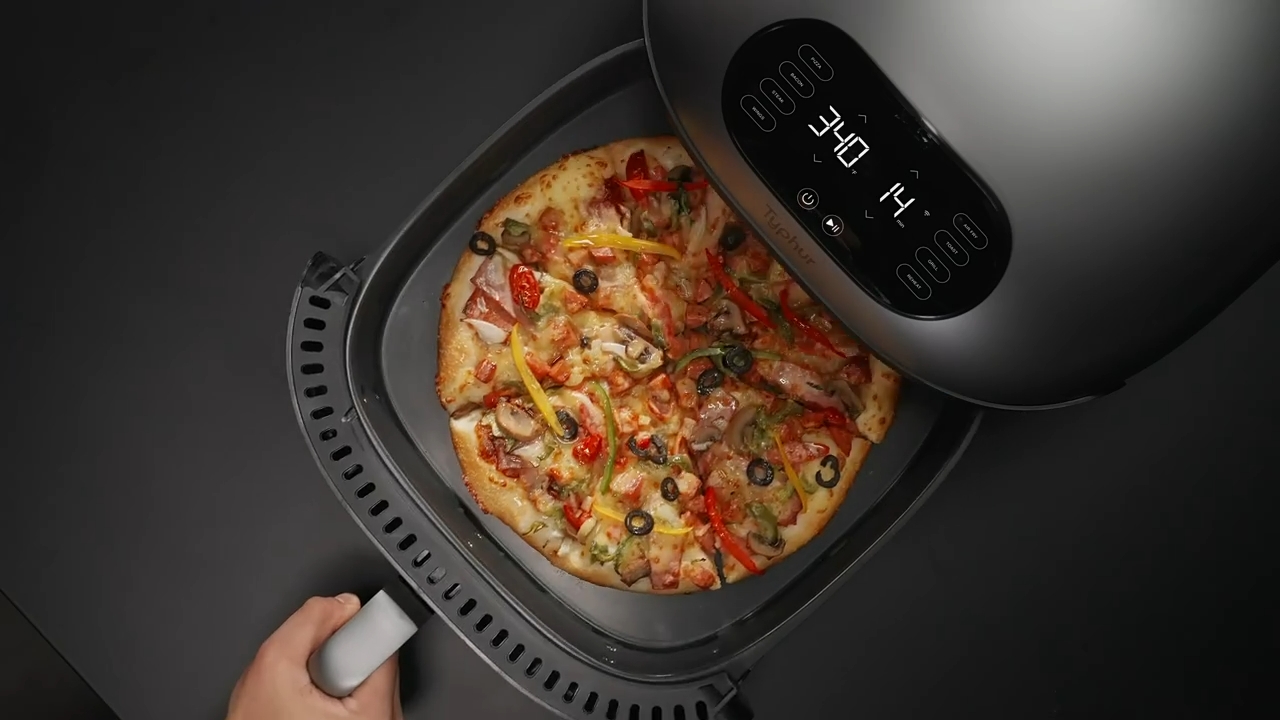
So you’re in the market for a new family car. Perhaps your family is expanding, and you’re realizing that you need more space than your current two-seater convertible. Or perhaps you’ve come to the point where both you and your partner need a family-friendly vehicle because the primary one isn’t cutting it. Or maybe you’re just in the market for an upgrade, knowing that there are many new revolutionary options and features available to all consumers today.
Whatever the case, buying a new car can be a major life decision. It’s not one that you want to make on a whim with little to no research. At the same time, you may quickly become overwhelmed by the sheer number of “family-friendly” designated options. No matter if you’re a car enthusiast or not, this article is here to help. Below are four tips for buying a new family vehicle.
1. Define Your Needs
With countless options available, it’s best to go into the car buying journey knowing your must-haves. You’ll want to consider practical logistics, such as size, as well as lifestyle habits. If this will be the main family vehicle, then road trips and travel may also need to be top of mind. However, if this is a secondary car, then perhaps accessibility and ease of driving will be your number one priorities.
When thinking about your needs, you’ll also want to consider the car’s maintenance schedule. A luxury-branded high-maintenance car may look shiny and pretty; however, if you don’t have the bandwidth for repeated visits, then it may not be the best choice right now. Ask a dealership about what the car requires and how often. Also, check to see if the dealership is sending automotive AI reminders regarding service appointments. The helpful nudge can keep you on track with your car’s regularly scheduled maintenance and repair needs.
2. Prioritize Safety
Of course, safety is important for everyone buying a car, but especially for families. A reliable car prioritizes the safety of everyone inside the vehicle, including children. Unfortunately, car accidents are one of the leading causes of death for children. While improvements in technology and car safety have lessened these numbers, accidents still occur.

When evaluating different car models, be sure to ask about safety features. Child-proof door locks, side curtain airbags, and blind spot detection are some basic features that can reduce the likelihood of death during an accident. Rear seat mirrors allow you to see your child from the driver’s seat, so you can keep an eye on them in the car seat. Speaking of car seats, young children must remain strapped in at all times. While they may be begging to sit in the front seat, airbags can crush their tiny bodies and do more damage than good. Therefore, selecting a vehicle that has user friendly car seat attachment setups increases the likelihood of safe car seat installation.
3. Consider Comfort
Whether you’re driving to the grocery store or crossing state lines for a family vacation, you want your car to be comfortable for the driver and all passengers. When thinking about comfort, seating comes first to mind. In addition to deciding between leather or cloth seats, take a look at the power-adjustable seats and lumbar support. Both of which can help lessen back and leg pain during long car rides. Also, cushioning is important, so be sure to take a look at all of your seating options before making a final decision.
In terms of ride quality, multi-zone climate control can eliminate the kids being too cold while those in the front seats are too hot. Air filtration systems are also getting an upgrade and are improving air quality within the vehicle as well. Another component of ride quality is also soundproofing. For those who live in major cities, loud noises can wake a sleeping baby. If this is important to you, then you’ll want to look for cars with noise-cancelling technology to minimize road noise.
4. Take a Test Drive with the Entire Family
Yes, taking your kids to a car lot may not be on the top list of family fun activities, yet it can be important in your final decision-making process. To ensure that everyone in the family is happy, having everyone look and ride in the car can be beneficial. This allows each person to weigh in with their opinions.

Once you have a few models in mind, head to the dealership and see what works best for the main drivers and the children. Unless you’re sitting in the back seat, you may not realize that there isn’t a climate control option or that there really aren’t enough cup holders. If you have young children, bring your car seats to determine if installing and removing them is easy or not. While it may take a bit of legwork upfront, knowing that you’re making the best choice for everyone will be worth the effort.
Final Takeaways
Buying a car is a major decision for the entire family. It’s a significant financial investment, which is why many take good care in conducting their research and evaluating all of their options.
If you’re feeling overwhelmed by the process, take a step back and evaluate your needs. The fancy bells and whistles may be appealing, but the bones of the car are what really matter. From there, think about the car’s primary purpose and make sure it’s set up for all of your passengers. From there, conduct a test drive and see what feels best on the road. After all, going for a drive is the best way to see what everyone — your partner, kids, and Fido, too — likes best.



























 A double chin can be frustrating. Even with regular exercise and a healthy diet, that stubborn fat beneath the jawline often sticks around. Fortunately, several treatments are available to help reshape this area. Some are gentle and non-invasive, while others involve surgery and deliver stronger results. This guide compares both options to help you decide what’s right for you.
A double chin can be frustrating. Even with regular exercise and a healthy diet, that stubborn fat beneath the jawline often sticks around. Fortunately, several treatments are available to help reshape this area. Some are gentle and non-invasive, while others involve surgery and deliver stronger results. This guide compares both options to help you decide what’s right for you.

























